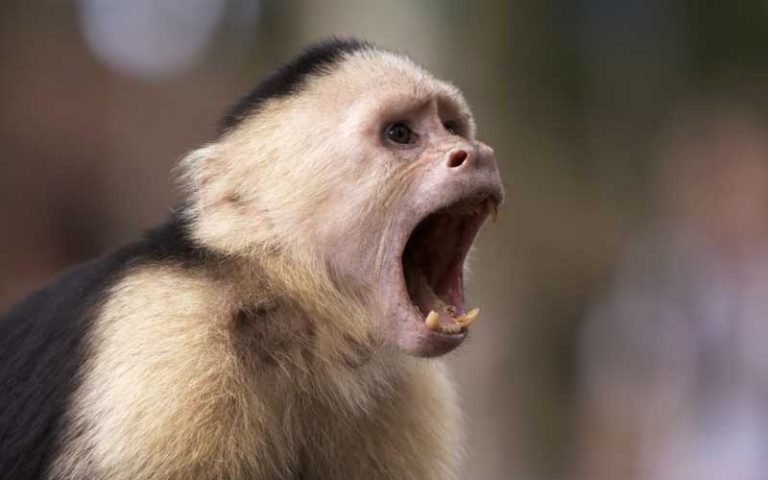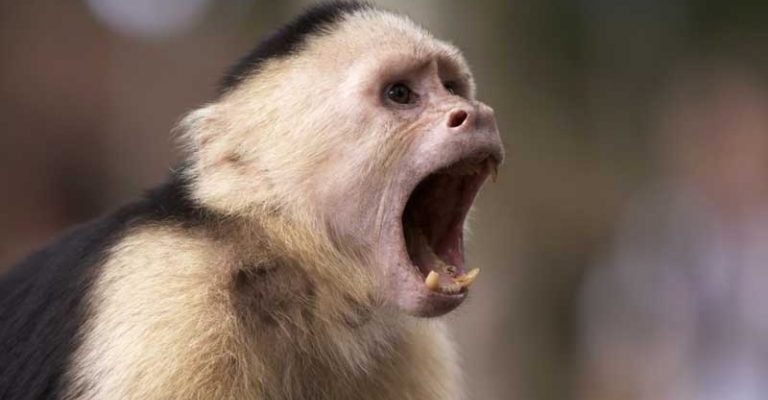
Just like any other animal, capuchins have their quirks, but many of the stories we hear are exaggerated or simply untrue. Imagine chatting with a friend over coffee, trying to sort out the truth from the tall tales—after all, we want to know the real deal about these captivating creatures, right?
In this article, we’ll dive into some common myths about capuchin monkeys, unearthing the truths that lie beneath. From their intelligence to their diet and social behavior, you’ll discover what makes these little primates unique and endearing in their own right.
Myth
One of the biggest misconceptions about capuchin monkeys is that they make excellent pets. Sure, they can be adorable and playful, but behind that cute exterior lies a lot of complexity. Capuchins are highly intelligent creatures, and with that intellect comes a need for mental stimulation and social interaction.
Here’s the thing: owning a capuchin is not like having a cat or dog. These monkeys thrive in social environments with their own kind—without that, they can become stressed or develop behavioral issues. Also, they require a lot of space and enrichment to keep them happy, which isn’t always feasible in a typical household.
Moreover, keeping a wild or exotic animal like a capuchin monkey can be illegal in many areas, depending on local laws and regulations. So, before considering one as a pet, it’s crucial to do thorough research and reflect on whether you can meet their needs adequately.
Myth
You might think capuchin monkeys are primarily zoo dwellers, but that’s far from the truth. These monkeys belong to the New World monkeys family and are native to Central and South America. They thrive in various habitats, including rainforests, woodlands, and even urban areas where they’ve adapted to human presence.
Did you know? Capuchins have been observed using tools in the wild, like using stones to crack open nuts or shells. This showcases their intelligence and adaptability, proving that they have much more to offer than just being a zoo attraction.
In the wild, capuchin monkeys live in social groups that can range from 10 to 40 individuals. Each group has its own social hierarchy, and they often communicate through vocalizations and body language. Watching them interact in their natural environment can be a truly mesmerizing experience, one that highlights their complex social structures.
Myth
When we think of monkeys, we might picture them as wild and unpredictable, but that stereotype often skews the truth about capuchin monkeys. While they can be playful and rowdy, it’s important to understand that aggression isn’t their default behavior.
Capuchins, like many animals, can display aggression when they feel threatened or are protecting their territory. However, in their natural social groups, they often show affection and form strong bonds with one another. For instance, they groom each other and engage in playful activities, which fosters camaraderie among group members.
If you were to observe capuchins in the wild, you’d likely see them playing, communicating, and exhibiting social behaviors that are anything but aggressive. It’s crucial to remember that, like all animals, they respond to their environment and experiences.
Myth
Another myth that needs to be debunked is the idea that capuchin monkeys eat just about anything and that their diet isn’t all that complex. In reality, capuchins are omnivorous, which means they consume a wide variety of foods, including fruits, nuts, seeds, insects, and even small vertebrates.
Let me explain: Their diet can vary significantly depending on their habitat and the season. For instance, in a rainforest, they might feast on ripe fruits during certain times of the year and switch to insects or small animals when fruits are less available. This adaptability helps them survive in varying environments.
Additionally, capuchins are known for their foraging skills. They use their intelligence to discover new food sources, often working together as a group to find the most nutritious options. This dynamic showcases their problem-solving abilities and highlights the complexity of their nutritional needs.
Myth
You might hear people say that capuchin monkeys are “just like humans,” but while they share some similarities, there are also significant differences. Humans and capuchins both fall under the primate family, which leads to some shared traits, like social structures and problem-solving skills.
However, it’s essential to recognize that capuchins have their own unique way of living that doesn’t mirror human behavior directly. They communicate differently, have distinct social hierarchies, and their instincts drive much of their actions.
For example, while we use language, capuchins rely on a series of vocalizations, facial expressions, and body postures to communicate their feelings and intentions. So, while it’s tempting to draw parallels, remember that capuchins have adapted to their environment in ways that suit their lifestyle, and they think and act in ways that are distinctly their own.
Myth
It might surprise you to know that capuchin monkeys are not extinct but are actually thriving in various parts of Central and South America. While some species face threats due to habitat loss and illegal hunting, overall, capuchins are considered to have stable populations.
Here’s the reality: The IUCN (International Union for Conservation of Nature) lists common capuchin monkeys as “Least Concern.” However, conservation efforts are crucial to ensure their continued survival. Protecting their habitats from deforestation and promoting awareness about their plight is essential for their future.
So, the next time someone tells you that capuchin monkeys are no longer around, you can confidently share that they’re alive and well in the wild, contributing to the biodiversity of their ecosystems.
Understanding capuchin monkeys means peeling back the layers of myths that often obscure the truth. From their social behaviors to their diets and habitats, these little primates are far more complex than many of us realize. They’re not merely the cute characters we see in movies or the exotic pets that so many people wrongly believe they can own.
By spreading awareness about the realities of capuchin monkeys, we can help shift perceptions and advocate for their conservation. Next time you hear a misconception about these charming creatures, you can share the insights you’ve gained here. They deserve our respect and understanding as the wonderful animals they truly are.

